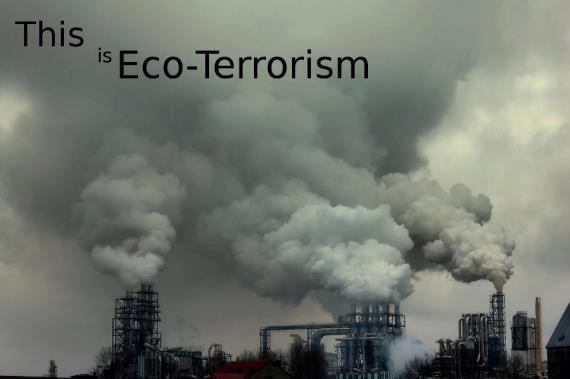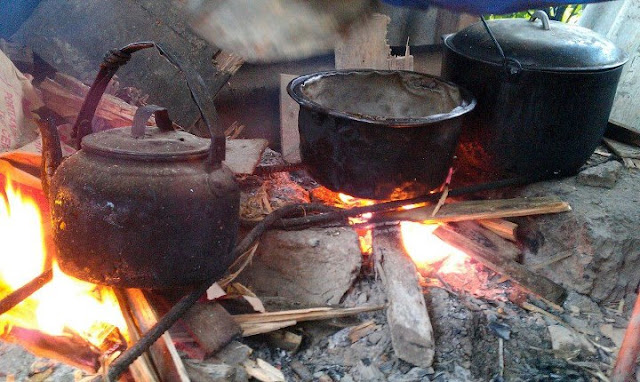The sun shines nonstop and generates more than 10,000 times the amount of energy the entire world consumes annually. This vast potential for free energy remains greatly untapped as our dependence on fossil fuels has hindered funding and research into solar energy as a potential substitute.
The current predominant
fossil fuel based power generation system is dwindling particularly oil,
natural gas and coal. Fossil fuels are finite and create large amounts of CO2
which contributes to what is commonly called global warming. Solar
power does not create CO2 emissions and as such considered as a renewable
energy just like the wind or hydro power source. Solar power is a source
of clean energy or green energy, and coupled with its abundance there is ample
reason for us to continue to explore solar energy not just as an alternative
energy source, but as a potential foundation of energy production.
At this point in time, I
think the development and the refining of a solar power facility is worthwhile.
Here are why solar power
is a valuable alternative energy source.
o Solar energy is already created for
us. It’s not only sustainable, but is renewable. It is about as natural a
source of power as it is possible to generate.
o
Solar electricity power plants and
personal solar panels produce zero emissions or make no pollution on the
environment.
o
Large solar energy facilities can
produce electricity regardless of whether the sun is shining or not making them
sustainable and reliable electricity producers. The solar power plants capabilities
of achieving this feat are generally thermal solar power producers capable of
storing the heat generated and using it when the sun is not shining.
o
The installation of solar energy
needs space but it also requires little maintenance. Once the solar panels or
troughs have been installed and they are brought up to maximum efficiency there
is little else to do to ensure they are in working order.
o
This photovoltaic or solar panels do
not make sounds when converting sunlight to electricity.
DISADVANTAGES
As it is, there are also disadvantages of solar power that should be noted.
- The purchase of Solar Cells and Solar Panels that are needed to extract solar energy are costly as of this writing.
- Solar power cannot be exploited during the night, on a cloudy day or a storm. This limits how much power can be saved for future days. On some days one may still need to rely on oil to power homes.
In
a Third World Country like Ph, there are laws reinforcing the use of renewable
energy sources. First is RA 9136 or the Electric Power Industry Reform Act
signed into law in June 2001. This EPIRA Law stated as one of its policies the
promotion and utilization of indigenous and renewable energy sources in power
generation in order to reduce dependence on imported energy. It also mandated
the Department of Energy to encourage private sector investments in the
electricity sector to develop renewable
energy sources prompting the DoE to implement the World Bank and GEF supported
Rural Power Project. Through the Sustainable Solar Market Packages of RPP’s Project
ACCESS, the DoE has been able to provide electricity to the remote Barangays in
the country using the off-grid solar PV power plants since 2007.
The
2nd law is RA 9513 or the Renewable Energy Act was signed on
December 16, 2008. It promotes the development, utilization and commercialization
of renewable energy sources, and mandates that the country double the energy
derived from renewable energy sources within 10 years. It also offers
incentives for investors who would undertake renewable energy projects in the
country.
 |
| Solar power at Kabayan Highland PH |
Ph
perhaps is one of the countries with several indigenous as well as renewable
energy sources but is also one country that has high energy power rates.
How solar power works
Solar
power is produced by using photovoltaic (PV) cells to capture the energy of the
sun and convert it into electricity. The basic unit of the system is the solar
cell, which are connected together into modules. PV cells are comprised of
semi-conductors, most often made of silicon (like the chips used in computers).
The semiconductors absorb power when they are struck by light. These modules or
panels of PV cells are what you see installed typically on the roofs of homes
and businesses. The electricity created by the solar system is DC or direct
current, and the electricity we use in our homes is AC or alternating currents.
Thus solar systems include an inverter which changes the DC current into
useable AC current. Installing solar systems is a complicated technical process
and most people will benefit by using contractors skilled in solar technology
and electrical installation.
Home solar power systems
There
are two main forms of solar systems for residential use: the “grid-tie” system
and the “off-grid” or stand-alone system. In a grid-tie system, a home has
solar cells but is still connected to the local power grid. The home solar
system includes solar cells installed on or near a home that collect the sun's
energy and convert it into DC electricity. Then the inverter converts the DC
power into AC power, which can then be used directly in your home.
Electricity produced by the solar cells that is not used immediately in the home is returned to the power grid. When this happens your electricity meter literally spins backwards as you are passing energy to the grid. You are also building a credit on your power bill. This is called “net-metering”. The benefit of the grid-tied system is that it does not include expensive batteries to be installed in your home for the storage of power; the grid acts as the storage system and your home and the grid exchange power as you need and produce it.
Off-grid or stand-alone
systems are typically used in remote locations where standard grid-based power
is not available. These systems are more expensive, but do allow for complete
electrical independence. These systems require deep-cycle batteries for storing
the electricity as well as a charge controller to assure the flow of
electricity from the cells does not over-charge the batteries.
For a solar system to
work well it needs an unobstructed view of the sun. In the United States,
typically the best orientation for solar panels is to the south as the sun is
in the southern half of the sky (lower in the winter and higher in the summer).
Solar panels can either
be attached directly to a slanting roof, or bolted onto frames on flat roofs.
If your roof is not a good option, then panels can also be mounted on the
ground. They can either be placed on a fixed mount frame or on a “tracking
mount” that follows the sun across the sky.
























